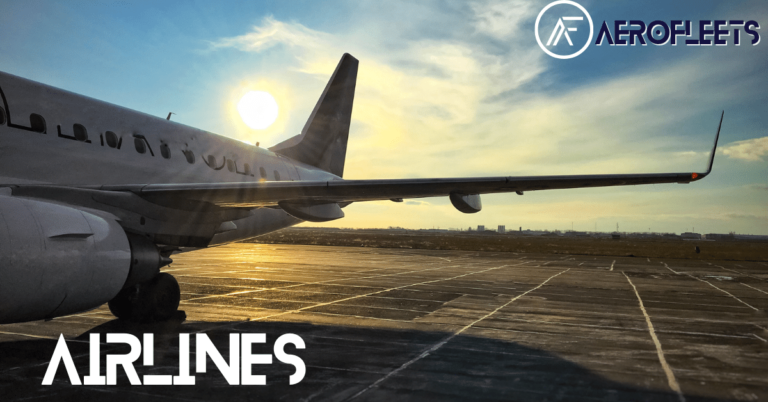Unmanned aerial vehicles (UAVs) have become an integral part of modern military operations. They are used for reconnaissance and surveillance, as well as for carrying out airstrikes and other offensive operations. UAVs have revolutionized the way wars are fought and will continue to do so in the years to come. In this article, we take a look at UAVs, their history, their advantages and disadvantages, and the regulations that govern their use.
What are UAVs?
UAVs are unmanned aerial vehicles, commonly referred to as drones. They are remotely controlled aircraft that can be used for a variety of purposes, including surveillance, reconnaissance, and even delivering payloads. UAVs come in various sizes and can be used for both civilian and military applications.
UAVs in Military Use
UAVs are widely used in military operations. They are used for surveillance and reconnaissance, as well as for delivering payloads and carrying out airstrikes. UAVs can be equipped with a range of weapons, including missiles and bombs, and they can be used to target enemy forces with precision and accuracy. UAVs have been used in a number of conflicts, including in Iraq, Afghanistan, and Syria.
History of UAVs
UAVs have been used in military operations since the 1950s. Early UAVs were used for reconnaissance and surveillance purposes, but they have evolved over the years and are now capable of carrying out offensive operations. UAV technology has advanced significantly in recent years, and UAVs are now able to fly autonomously and stay in the air for extended periods of time.
Military Benefits of UAVs
UAVs offer a number of benefits for military operations. They can fly for extended periods of time, enabling them to stay on target for longer and increase surveillance capabilities. UAVs can also reduce the risk to personnel, as pilots are not required to fly them. UAVs are also more cost-effective than traditional aircraft, as they require less maintenance and fuel.
Dangers of UAVs
UAVs can be used as a means of delivering weapons and as such, they pose a threat to civilians. UAVs have been used to carry out airstrikes in conflict zones, and there is a risk that innocent civilians will be killed in the process. UAVs can also be hacked and used to conduct attacks on military bases or strategic assets.
UAV Regulations
UAVs are regulated by international laws and by the domestic laws of the countries in which they are used. In the US, for example, UAVs must follow the Federal Aviation Administration’s (FAA) regulations. UAVs must also comply with international laws on the use of force and weapons of war.
UAV Technology
UAV technology is constantly advancing, and new advancements are being made every day. UAVs can now be equipped with advanced sensors and cameras, enabling them to see in the dark and map terrain with greater accuracy. UAVs can also be equipped with artificial intelligence systems, allowing them to make decisions autonomously.
UAVs and the Future
UAVs will continue to play an important role in military operations in the years to come. As UAV technology advances, they will become even more capable and efficient. UAVs will be used for reconnaissance, surveillance, and offensive operations, and they will continue to revolutionize the way wars are fought.
In conclusion, UAVs are an essential part of modern military operations. They offer a range of benefits, including increased surveillance capabilities, reduced risk to personnel, and greater efficiency. UAVs are regulated by international and domestic laws, and their use is constantly being improved with advances in technology. UAVs are here to stay, and their role in military operations is only set to increase in the years to come.




0 Comments